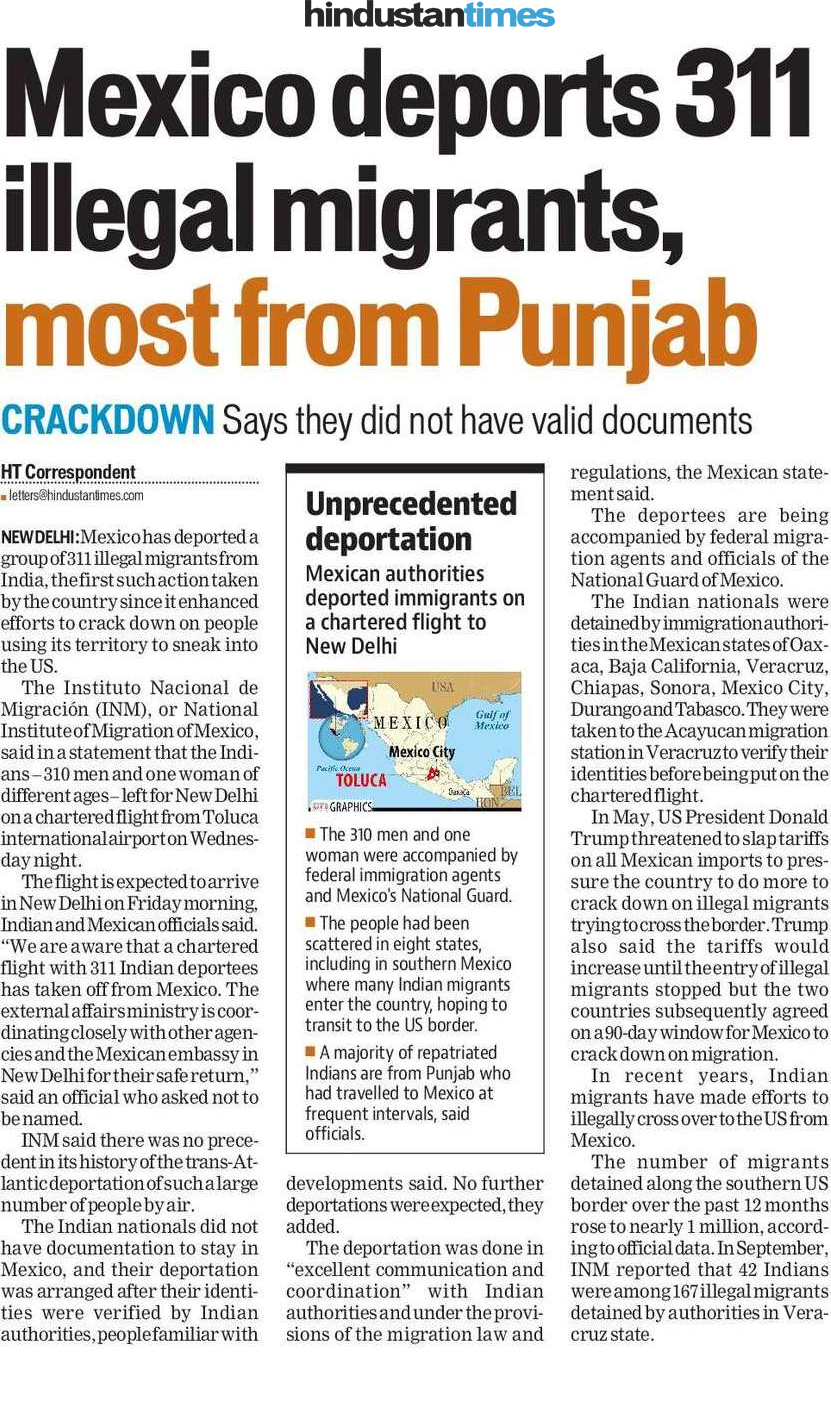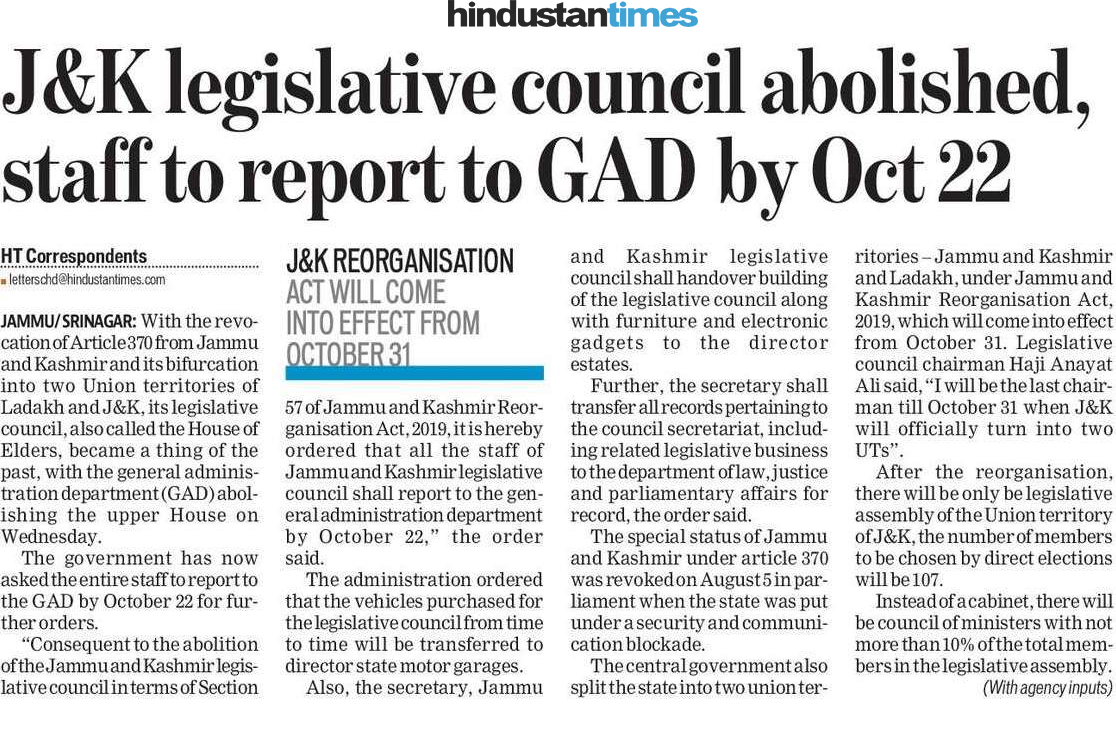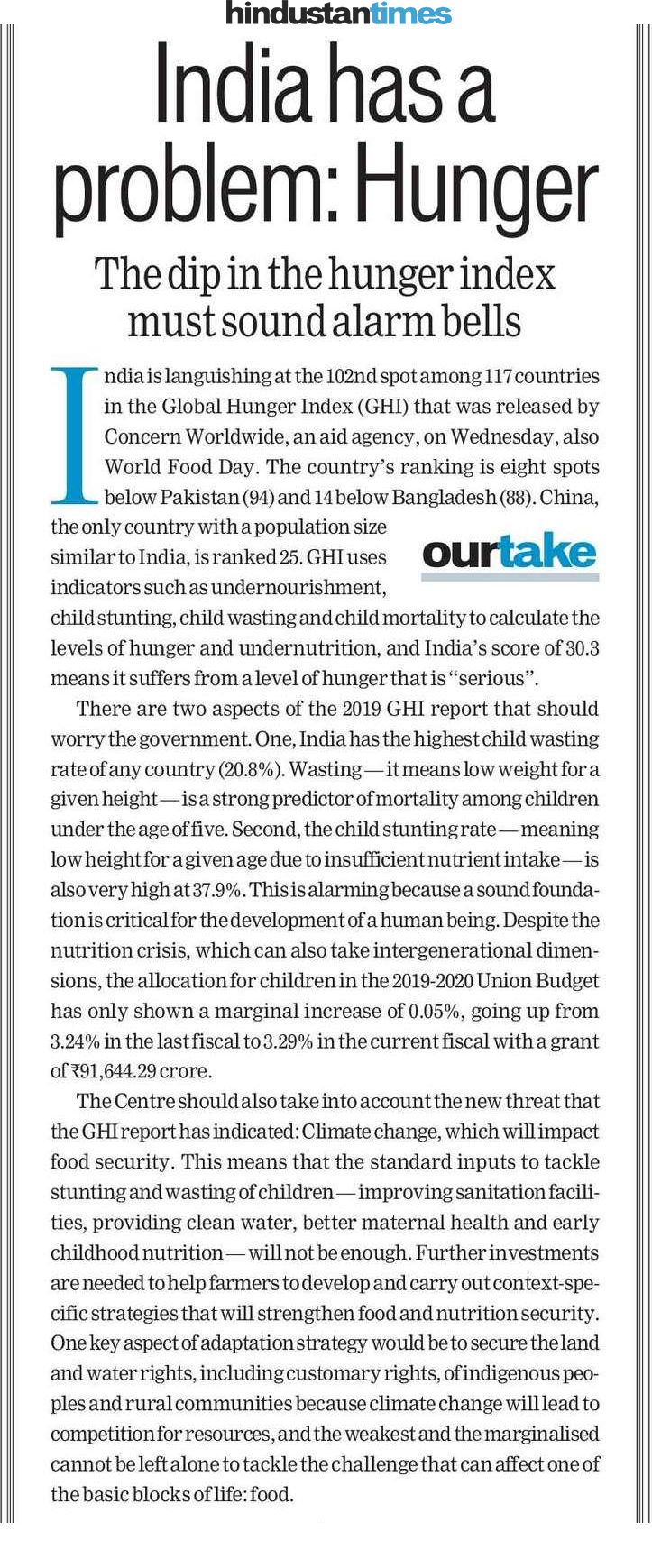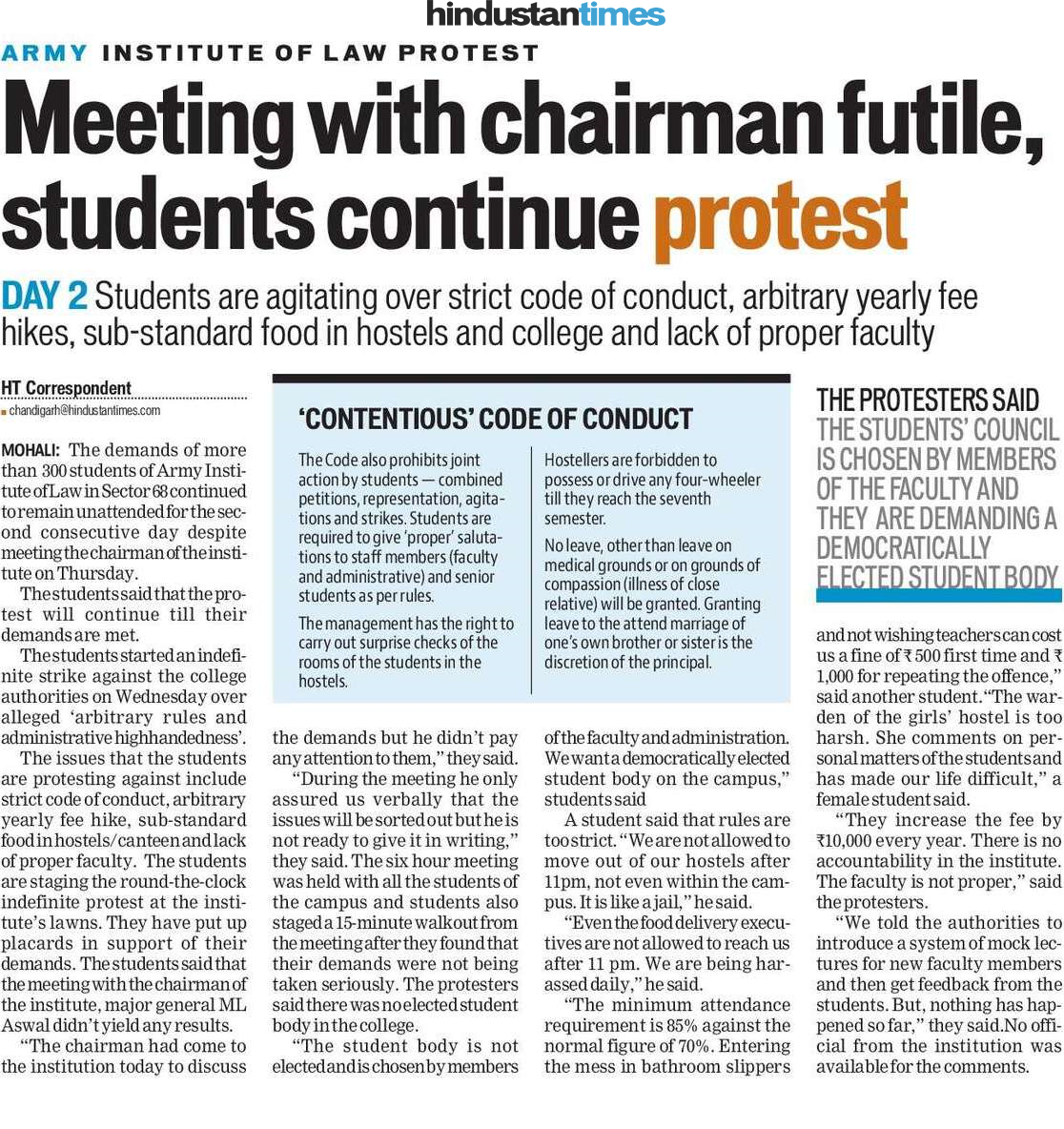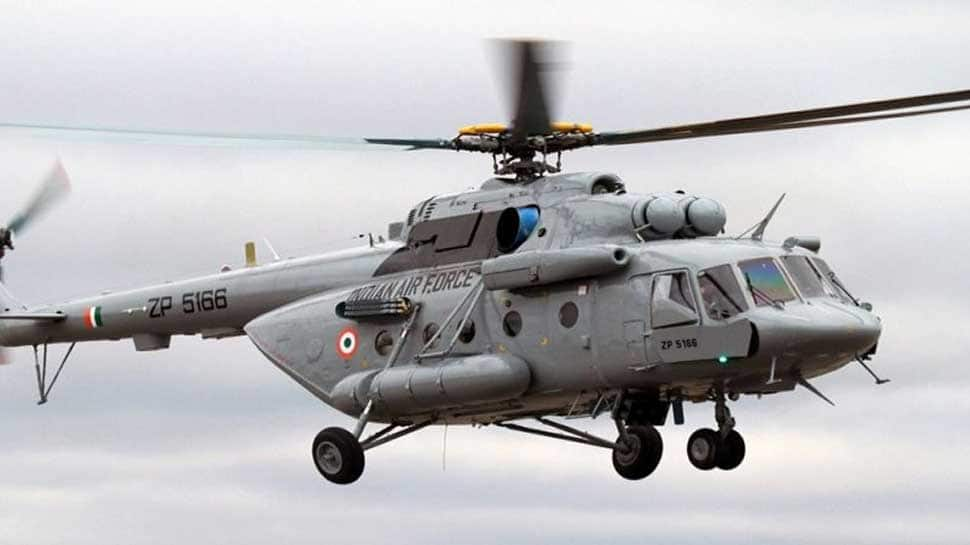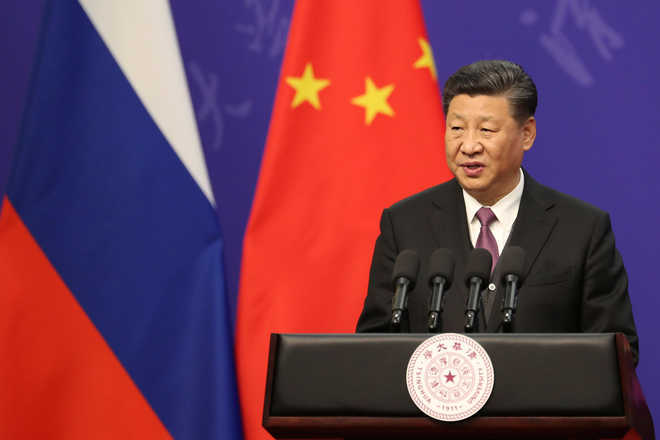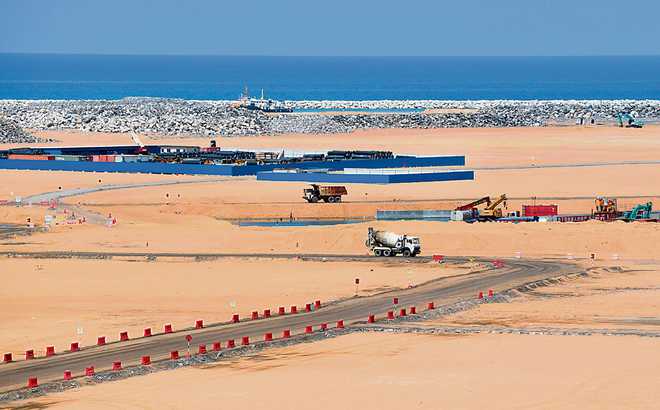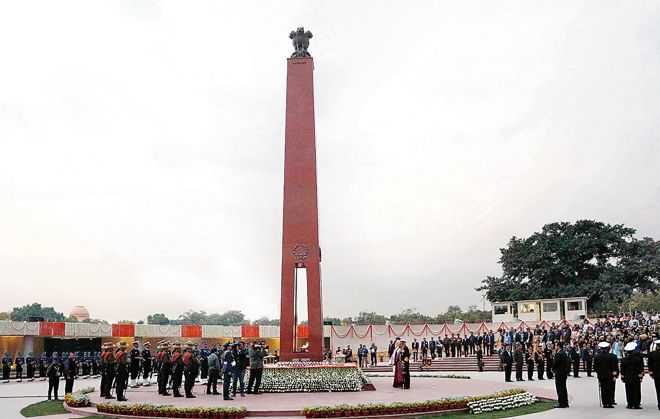Seeks credible action against terrorists on Pak soil, says half-hearted steps won’t do
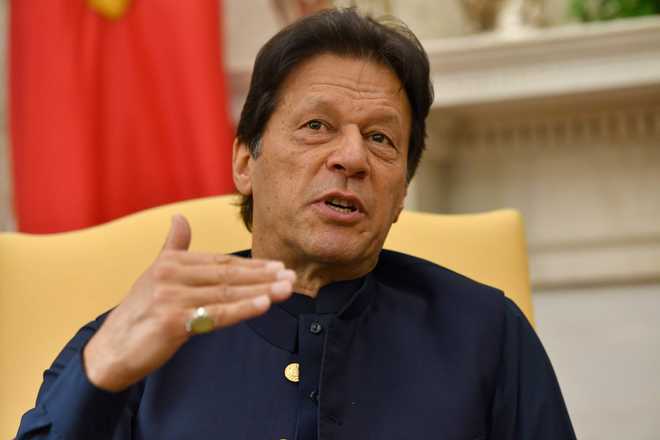
Tribune News Service
New Delhi, July 25
India today termed Pakistan Prime Minister Imran Khan’s remarks that his country was still hosting 30,000-40,000 armed men who had fought in Kashmir or Afghanistan a “glaring admission” of Islamabad’s policy of using armed extremists as an instrument of state policy.
Many of these militants were sent to India and the international community is well aware of this, said Ministry of External Affairs spokesperson Raveesh Kumar.
“It is a glaring admission by the Pakistan leadership. We have been saying repeatedly that it is time for Pakistan to take credible and irreversible action against terrorists,” he observed even as Khan, back in the country after a three-day visit to the US, said he felt like he had again won the World Cup. The Pakistan PM, while admitting that tens of thousands of people with dented records were still in Pakistan, also claimed previous dispensations had not been upfront about admitting the presence of 40 militant groups on Pakistani soil.
“They should make sure that the safe havens and sanctuaries in Pakistan should be neutralised. We feel that half-hearted measures to please the international community won’t do,” added Raveesh Kumar.
Despite Khan’s claim that his foreign trip was spectacularly successful, sources here pointed out that he had returned with no overt promises from the US of resuming aid that Pakistan desperately needs for its military and social sector. They pointed out that the overtly friendly gestures by US President were aimed at ensuring that Pakistan did not play spoilsport at a time when Washington wants to extricate itself from Afghanistan.
They also took on Khan for suggesting Pakistan had turned a corner in 2014 after the Peshawar school attack when he claimed all political parties decided to jointly combat terrorism.
The sources wanted to know why the ranks of militants had not depleted in these five years and despite this claimed political consensus, why did these militants continued with their armed depredation in India.
The sources drew attention to Khan’s entourage that included army chief Gen Qamar Javed Bajwa, and ISI chief Lt Gen Faiz Hameed to indicate the reality of rival centres of power in Pakistan. Khan was forced to be accompanied by army generals to signal to the US that Pakistan’s rival centres of power were on the same page as him. However, Kumar sought to end the controversy over Trump’s claim that PM Narendra Modi had asked him to mediate on the Kashmir issue.
“We should move on, we have moved on,” he said, while drawing attention to the depth and breadth of Indo-US ties which, he suggested, was unlikely to be shaken by a stray comment that had already been clarified by the US State Department and denied in Parliament by External Affairs Minister S Jaishankar.
The US media has already hauled Trump over the coals for undoing the achievements of his predecessors on India by “blundering” to volunteer to mediate over the Kashmir issue. Trump has committed “diplomatic malpractice of a high order” by revealing a privileged conversation with PM Modi, said the Washington Post.
‘Feels like I have won World Cup’
Islamabad: Pakistan Prime Minister Imran Khan on Thursday said the “rousing welcome” accorded to him by his supporters after his first official visit to the US made him feel as if he has won the cricket World Cup for the country. “I felt as if I came home after winning the World Cup and not from an official visit,” Khan, the former captain of the Pakistani cricket team, which won the cricket World Cup in 1992, said. pti
What Pak PM said in America
- Pakistan still hosting 30,000-40,000 armed men who had fought in Kashmir or Afghanistan
- Previous governments were not forthcoming on admitting presence of 40 militant groups on Pakistan soil
Mediation claim a blunder: US Media
Trump just committed diplomatic malpractice of a high order… After his trade war with India, his blundering into the Kashmir conflict further alienates an important country whose friendship the US needs to counter the rise of China. The Washington Post
























































